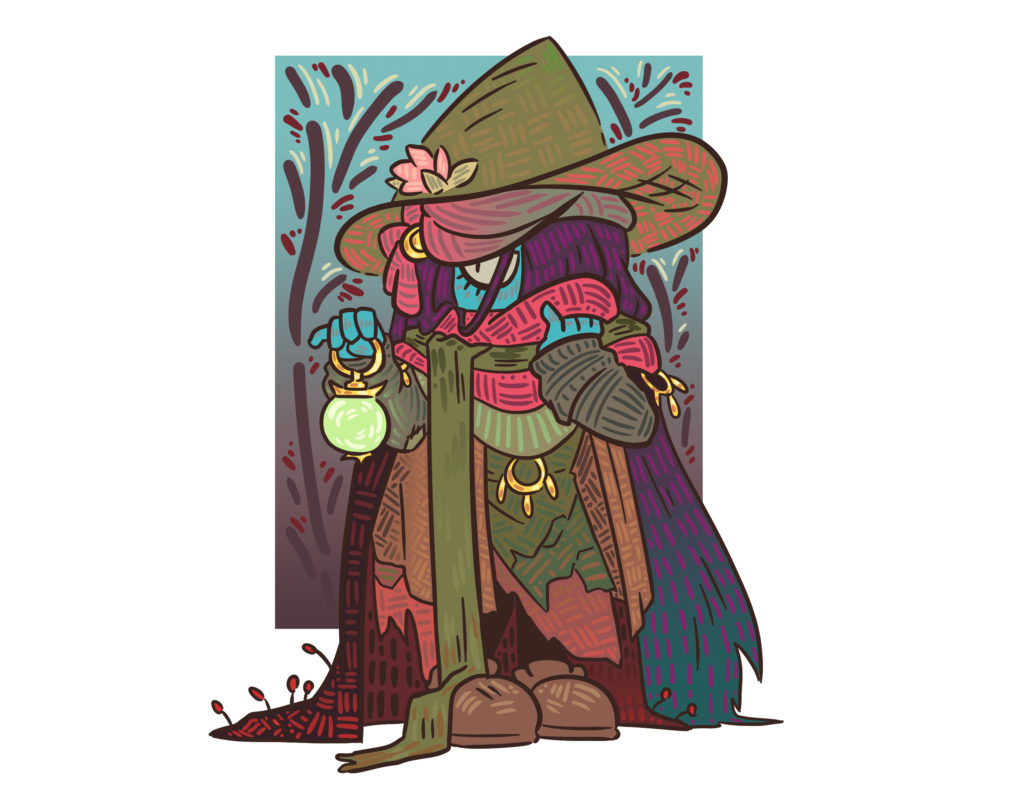Following up on the last monthly post, for once in my life I managed to do what I said I was going to immediately after saying it! I learned Unreal Engine’s control rig! And it went horribly as detailed in this post where I explain exactly what went wrong and how I fixed it. After that ordeal I immediately put down UE because I was exhausted with it. I didn’t actually finish the part I wanted to (2D facial controls) but I have a pretty good idea of how I would go about it. I just have to do something about the character I’m using’s textures which feels like a whole ordeal regardless of whether it actually is or not. Instead, I moved on to some nice and easy modeling.
I’ve been trying to do polls via my Patreon where people choose between two things I’m interested in modeling, though it’s been to limited success on my part because the fall season has been busy for me and limited my time. This month was the second time I made something, and the poll’s winner was a crow!
I’ve had a longstanding issue with making birds in Blender. One of the first things I made in it was actually another crow that’s quite similar to this one, as you can see in this old tree stump project. The problem with it is no matter what I tried, I couldn’t figure out a way to rig the wings in a way I found functionally satisfying while still being low-poly. Most birds I came across either had essentially a plane for a wing that would rotate to wherever it needed to be with no flexibility, or the wings would be swapped out depending on the state they needed to be in. That functionality was fine for the use cases of those birds, but I wanted better range of movement and flexibility. I wanted the wings to express and emote.
I used the old crow model for wing experiments for at least a full year before I finally came to the conclusion that I needed to start with something fresh, as it was pretty crudely made in a number of ways, but it was an excellent-if-frustrating learning tool for that time. I finally figured out the method I wanted to use when making my chicken model. I was able to narrow things down to having two segments: an upper layer to match the wing to the body, and a lower layer that folded in beneath it and could bend around in odd ways. The two layers let me extend the wings beyond the body like a normal bird’s would, and gave a stronger sense of the push and pull involved in flapping around a bunch of loose feathers.
The new crow uses the same technique, with the addition of two individual feathers to pair with the lower wing. I hoped they would help the plumage look a bit shaggier like a crows wings can. This bird is also the first model I’ve made with a mouth that can open!

And it wasn’t the last! As after I finished that up, I got back to work on a little side project I’d left unfinished. I decided a few months ago that I should make a more detailed character model that I could do acting animations with, as I’m sorely in need of a new animation reel since I’ve pivoted mediums so heavily. It started as a taller character with a full hand of fingers and turned into a battle with facial rigging. This is my first face that isn’t drawn on, and the first one I’ve managed to get rigged as well! I understand much better now why rigging tools are so prominent, because doing it all by hand is exhausting before you even get to the hard parts. I actually had one moment while rigging the fingers where my delve into the UE control rig saved my life, because somehow the bones all got twisted around when I mirrored them and I had to reorient everything. I’ve officially reached a point where I know enough about Blender that I can tell what causes weird happenings myself, and that feels pretty good!



They aren’t animated at all yet, but I’m very proud of where they’re at now!
That’s it for what I did this month. It was a good one, I accomplished a lot! The next post I make here will probably be in 2023, and since I’ll be travelling midway through December and without my work computer, I probably won’t have much new stuff to show, so I’ll be going over this past year instead.

Recent Comments